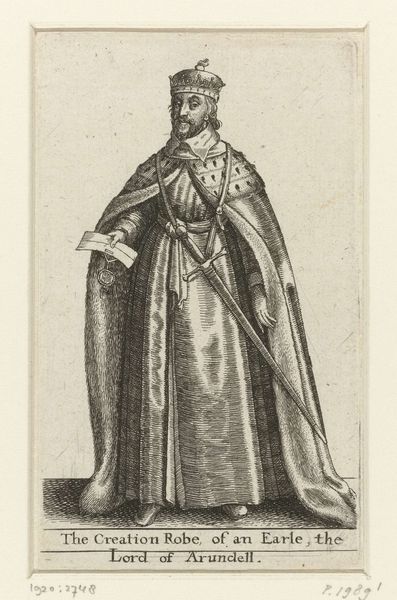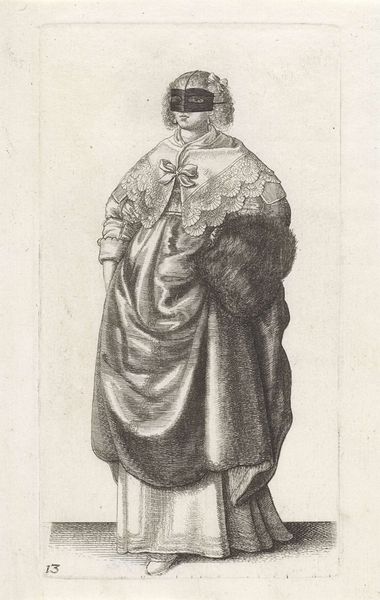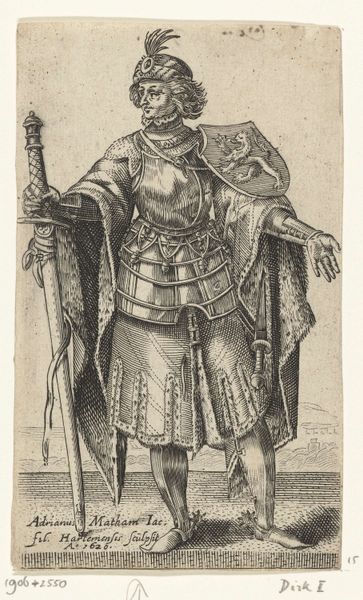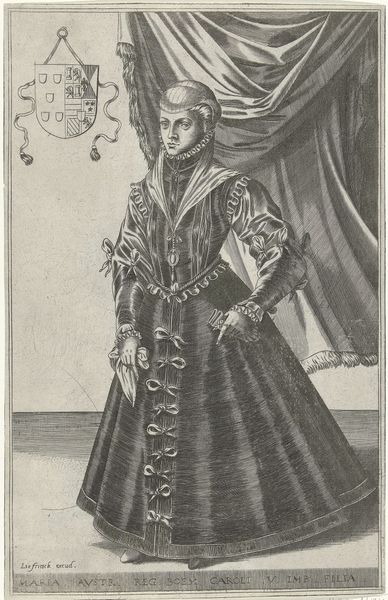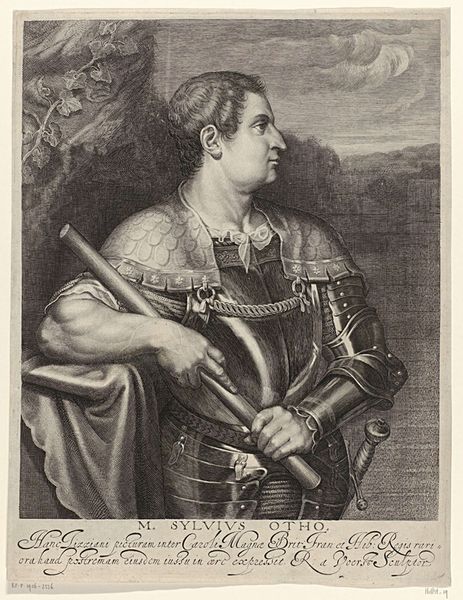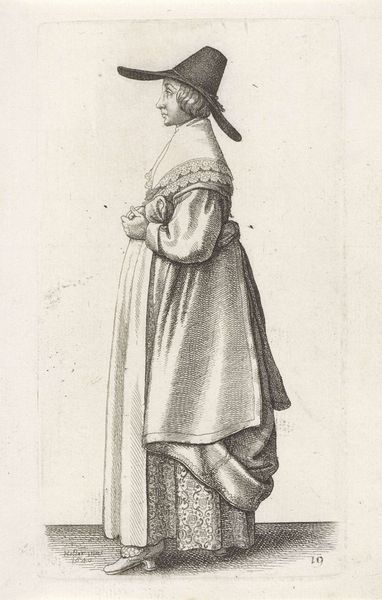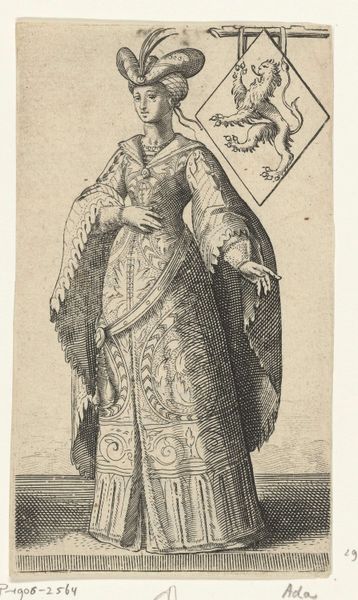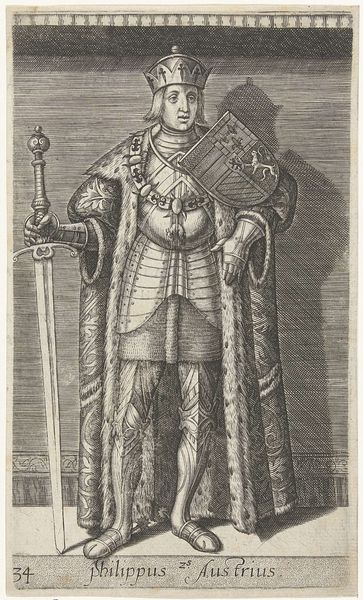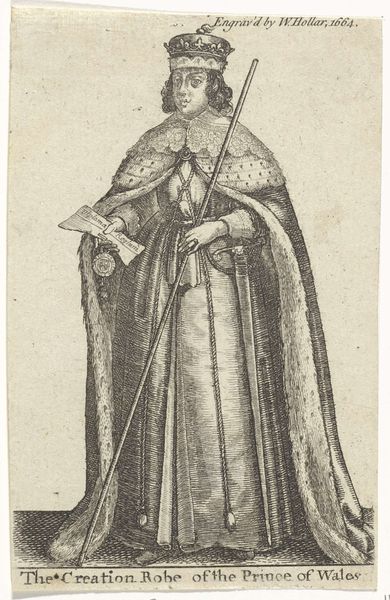
print, pencil, engraving
#
portrait
#
pencil drawn
#
light pencil work
#
shading to add clarity
# print
#
pencil sketch
#
asian-art
#
old engraving style
#
portrait reference
#
pencil drawing
#
pencil
#
limited contrast and shading
#
portrait drawing
#
pencil work
#
engraving
Dimensions: height 184 mm, width 128 mm
Copyright: Rijks Museum: Open Domain
Editor: So, here we have "Portret van Daoguang, keizer van China," an engraving, dating sometime between 1841 and 1874. It strikes me as very detailed for a print – all that fine linework. What can you tell me about it? Curator: From a materialist perspective, consider the production of this print. Engravings allowed for the relatively cheap dissemination of images, particularly portraits of important figures like emperors. How was the production and consumption of such imagery used to shape and reinforce power structures? Think about the labor involved in creating this repeatable image and how it differs from a unique, hand-painted portrait. Editor: So, the very act of creating multiples democratizes the image somehow? Makes it accessible to more people, unlike an original painting only the elite might see? Curator: Exactly! And consider the materials themselves: the paper, the ink, the metal plate from which it was printed. These are all commodities embedded within a network of trade and production. Who had access to these materials, and how did that influence what kind of imagery could be created and circulated? Who was this print made for and where would you typically find this particular portrait? Editor: I guess that knowing about its context as a reproduced image changes my perspective. It's less about Daoguang the individual and more about Daoguang the symbol, and how that symbol was circulated and consumed. Curator: Precisely. It's about shifting the focus from the depicted subject to the systems that enabled the depiction to exist and circulate. We move away from artistic interpretation towards socio-historical consideration, driven by the need for repeatable imagery. Editor: This has really helped me see the artwork as part of a bigger system. I didn’t realise how important it was to understand the production processes of something like an engraving! Curator: Indeed. It’s the tangible aspects, the physical making, that truly reveal so much about power, access, and dissemination within a society.
Comments
No comments
Be the first to comment and join the conversation on the ultimate creative platform.
